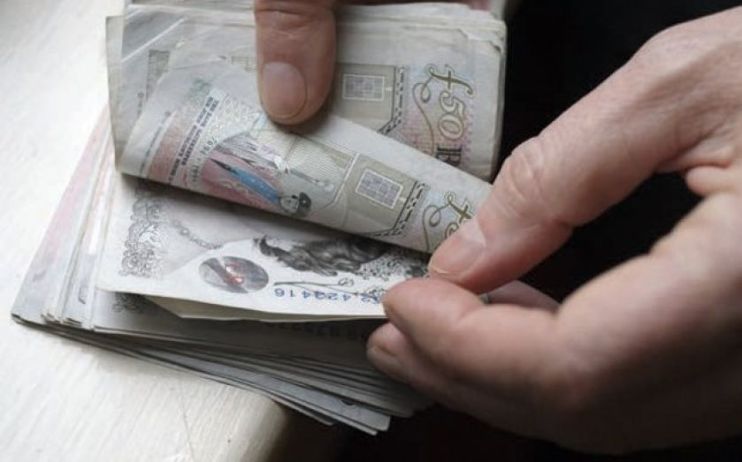Junior Isas and the £100k children’s savings club: As savings deadline approaches parents reminded to use their tax free allowance

Around 40 children had Junior Isa pots worth £200,000 or more at the end of the 2020/21 tax year, according to HM Revenue and Customs (HMRC) figures.
And around 500 had savings pots worth £100,000 or above, the figures indicate.
The rounded figures were released after a freedom of information request made on behalf of wealth managers St James’s Place.
Around 8,000 children had Junior Isas worth at least £50,000 – which may eventually help some to get on the property ladder if they use the cash as a deposit.
About 1,456,330 children, meanwhile, had less than £10,000 in their accounts.
Junior Isas, or Jisas, help children to build a savings habit from a young age. Money held in Junior Isas can be held in cash, invested in stocks and shares or a mix of both.
As with adult Isas, the accounts are a tax-efficient way to save.
Parents or guardians can open a Junior Isa and manage the account but the money belongs to the child.
The child can take control of the account when they are 16 but they cannot withdraw the funds until they are 18.
Savers who have ferreted away their annual tax-free individual savings account (Isa) allowance since the scheme was launched in 1999 would have seen some serious returns.
While Isa millionaires, are few and far between there are some funds that have helped savers grow their Isa pots to over six figures.
Junior Isas automatically turn into an adult Isa when the child turns 18.
Up to £9,000 can be put into a Junior Isa in the current tax year, which is due to end on April 5.
Junior Isas first launched in 2011 as a replacement to child trust funds (CTFs).
Parents were allowed to transfer CTF savings into them, meaning some of the biggest Junior Isa pots could have been built up over a longer period, St James’s Place suggested.
Alexandra Loydon, director of partner engagement and consultancy at St James’s Place, said: “While adults can pay a maximum of £20,000 annually into an Isa, they can pay an additional £9,000 into each child’s Jisa, meaning a family-of-four can now pay £58,000-a-year into Isas.”
She added: “Not only is a Jisa sheltered from income and capital gains tax, but the figures illustrate the remarkable compounding effects of regular, long-term investing to achieve those returns.
“It also shows the tangible benefits of using the maximum annual Jisa allowance, which you can use each year with the potential to build a substantial pot for the future.”
Vicky Shaw, Press Association